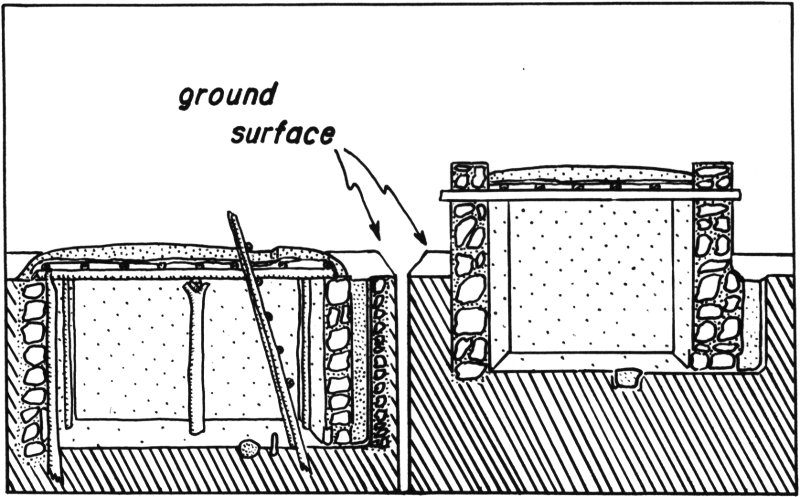
15 CENTS IF YOU TAKE THIS BOOKLET HOME
Nalakihu-Citadel Trail
WUPATKI NATIONAL MONUMENT
ARIZONA
11th Ed.—4-76—12M

Nalakihu as seen from the south.
NATIONAL PARKS AND MONUMENTS
Wupatki National Monument is one of nearly 300 areas administeredby the National Park Service, United States Department of the Interior.These include magnificent areas set aside for their scenic, scientific,and historical values, and they belong to you and are a part of yourheritage as American citizens.
The National Park Service has the responsibility of preserving theParks and Monuments in their natural, unspoiled condition and ofmaking them available for your enjoyment in such a manner as toleave them unimpaired for the enjoyment and inspiration of futuregenerations. In order to achieve this high purpose, such destructiveactivities as woodcutting, hunting, grazing, mining and even flower-pickingare prohibited. We hope you will join us in protecting WupatkiNational Monument by taking only pictures and inspiration, and leavingonly footprints and goodwill.
HELP KEEP AMERICA BEAUTIFUL
Nalakihu-Citadel Trail
This booklet will guide you through Nalakihu (nah-LAH-kee-hoo),the small excavated surface pueblo near the parking area, and theCitadel, the large fortified, unexcavated structure on top of the butte.The trail is short and will lead you around to the rear of the Citadel,passing a large limestone sink, and to the top of the butte, where youmay obtain a magnificent view of the surrounding country and seemany other ruins from this vantage point. Numbered stakes on thetrail correspond to numbered paragraphs in this leaflet, which willassist you in your understanding of this area and its early people.
We ask that you please keep off the ruin walls, and do not removeany pottery fragments, rocks, plants or other material from thearea. Thank you.
1
This unexcavated, rectangular pithouse structure was of atype used by some of the inhabitants of the area prior to A.D. 1125.
Surface masonry architecture was not adopted by this tribe (archeologistscall them the Sinagua—see-NAH-wah) until the early 1100sat which time their neighbors to the north, a tribe which scientistsnamed the Anasazi (the Old People), introduced above-ground masonrystructures to this region.

Reconstruction of two types of pithouses found in this region. Note the twomethods of roofing and the ventilator at right.

Ground plan of Nalakihu.
2
Nalakihu is a Hopi word meaning “Lone House” or “HouseStanding Alone.” This pueblo